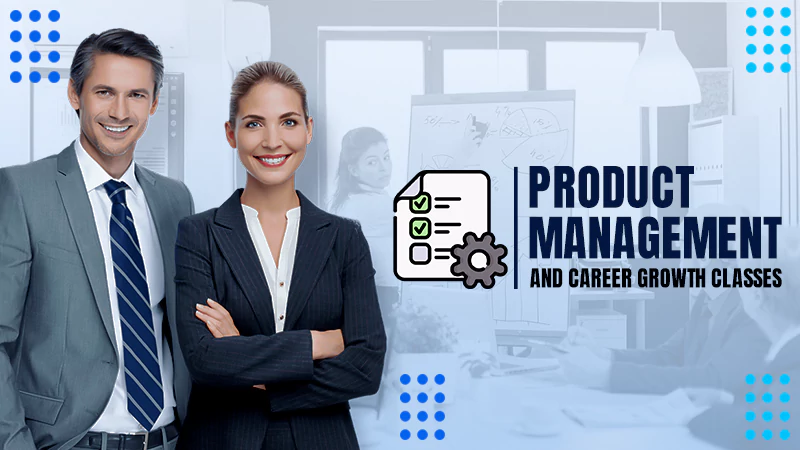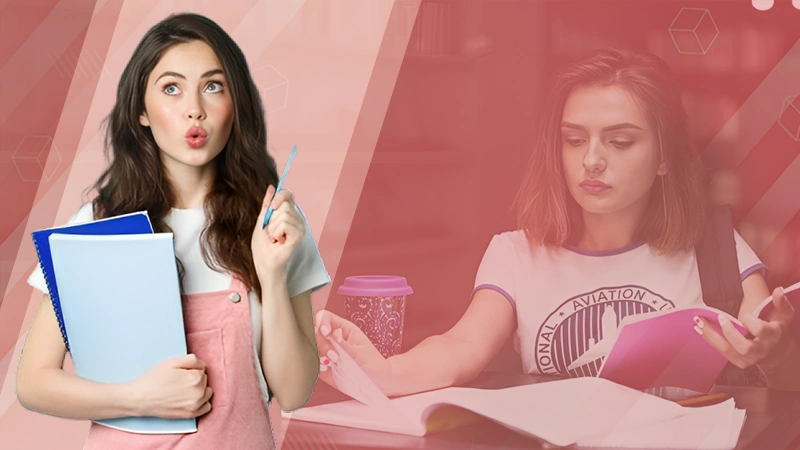Advantages of Adopting an LMS for Blended Learning
Enterprises of the new age face several unique challenges. Among the challenges is the need to ensure that employees receive effective training. With more and more organizations expanding into different locations, teams are spreading across the globe. Besides, an increasing number of companies are allowing their employees to work from home. The training and development process is one of the activities most affected by this phenomenon. Also, traditional training methodologies are insufficient, and thus, training has undergone several changes. Blended learning is one of them. Which combines a classroom-based training approach with digital-based tools to enhance classroom learning. An LMS such as TalentLMS can play a critical role in facilitating this blended learning approach. Here’s how:
Flexible Access to Training Resources
By using the LMS as the platform to manage blended learning across a multi-functional, globally distributed organization, there is no longer restriction on learning. It will not limit you by time but will be available on-demand, whenever and wherever needed. Furthermore, besides participating in in-person training sessions or participating in live discussions, participants can keep developing and exchanging ideas through various social learning and collaborative elements like discussion groups, blogs, e-courses, wikis, etc.
Remote Classroom Training
Whenever an employee or team needs to attend a classroom training session in which it may not be possible to gather everyone in one location, the LMS allows trainers to schedule sessions. They can attend these sessions and view them from home. It may not even be necessary for the trainer to be there in person. The instructor needs a video camera to carry out the session from home or his office. Or, he could upload a presentation and interact with the learners while everyone views it. By providing a dual communication channel, an LMS may be able to simulate classroom training or even be more convenient. All this is possible since trainers and learners can attend training sessions at a location of their choosing.
Pre-Recorded Learning Modules
Trainers can also record or podcast their sessions as an alternative to live sessions. The benefit of this is that he can make sure the training module plays in perfect sync with the audio-visual components he intends to include. Furthermore, since the session is not live, learners can take the lesson whenever it is convenient for them. Besides, they will be able to rewind and resume the module whenever they need to. This allows individual learners to set their own pace for completing the task. They will not interfere with the learning process of others.
Reduced Dependency
Even if the learners miss some face-to-face learning sessions due to some circumstance, they will not risk losing vital information by using an LMS. By using an LMS, they will be able to access learning resources and even record sessions. So, they do not have to rely on one method of learning, as they can access the content through the LMS any time they need it. Furthermore, this facilitates the learner’s ability to customize the pace at which they learn. Thus, knowledge retention will be better since they will learn at their own pace.
The Best of Both Worlds
You can emphasize and deliver both traditional and online learning techniques to the learners by delivering blended learning using an LMS. Classroom and virtual training can provide personal interaction for learners. Its collaborative nature provided by social learning and knowledge fusion tools enables knowledge to be accessed by anyone, regardless of geographical location, department, or domain, enabling transparent sharing of knowledge.
Easy Training Management
The use of LMS allows instructors to schedule training sessions and send out notifications to learners in advance, save training documents in one place, and enable trainers to interact with learners. The use of an LMS can also enhance the learning process due to its gamification feature. This will lead to an increase in participation among learners. Each employee can also maintain a development plan and tailor their training based on how they wish to map out their career paths within the company.
Also, Read: Short & Long-Term Benefits from PRINCE2® Foundation and Practitioner Certification Training
Conclusion
The points outlined above illustrate how you can use LMS to enhance blended learning. So, it is not surprising that companies from a range of industries have shown a great interest in customized LMS to meet their training objectives.
Next, Read Beginner’s Guide 2022 to know the Best Way to Learn AutoCAD in just 8 Hours
Follow Us
Latest Post
















